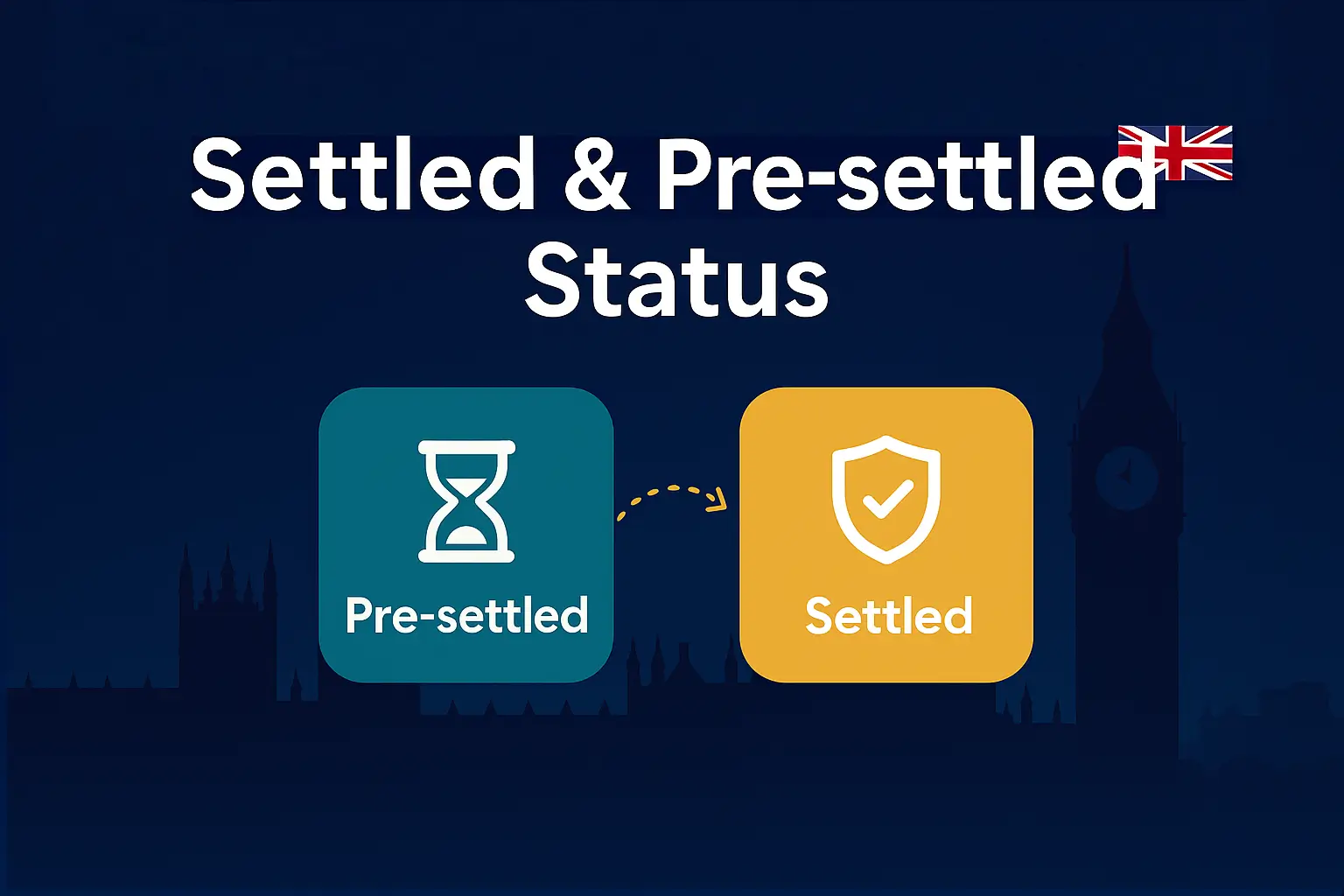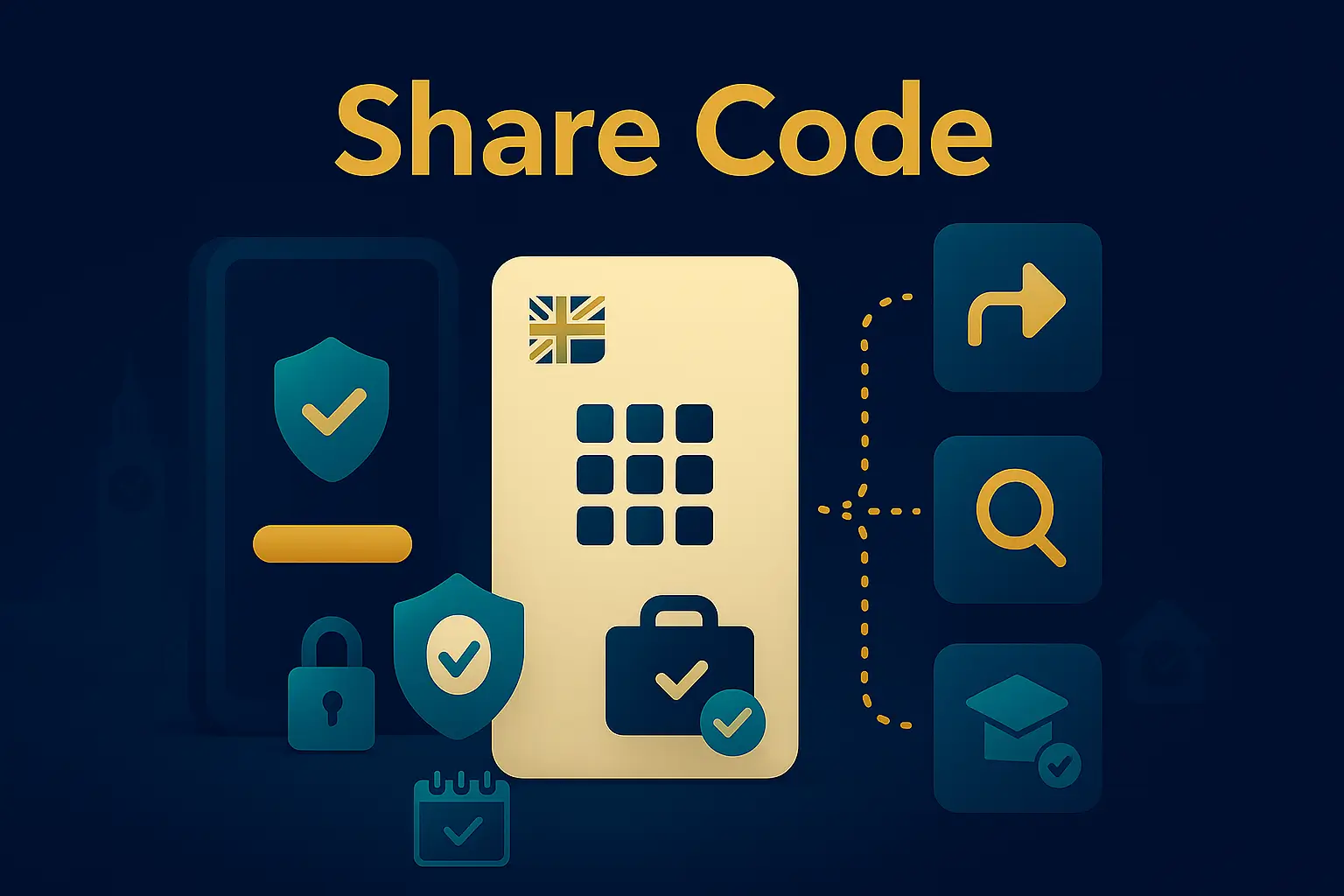Going back to study after working for years? You’re not alone. And the good news is your work experience can help you when you are searching on how to write personal statement.
This blog will help you understand how to write a personal statement when you’ve been in a job for a long time. Whether you’re applying for university, a course, or a new career path, this guide will make it easier.
Let’s start!

Why do you need a personal statement?
A personal statement is a short piece of writing that tells the university or course provider who you are, why you want to study, and what makes you a good fit.
Even if you’ve been working for years, you still need to show them why you’re applying now and how your past will help you in your future studies.
That’s why it’s important to learn how to write personal statement in the right way.

Step 1: Think about your work journey
Before you start writing, think about your work life. Ask yourself:
- What have I done in my job?
- What have I learned?
- Why do I want to study now?
- How will this course help me?
These questions will help you plan what to write. This is the first step in learning how to write personal statement that feels real and honest.

Step 2: Show the link between work and study
Your job and the course may seem different. But they’re often connected in some way.
Let’s say you worked in retail but now want to study business. You can talk about handling customers, solving problems, and managing time. These are useful business skills.
This kind of link is what makes your statement strong. When thinking about how to write personal statement, always show how your past helps your future.

Step 3: Use simple structure
Here’s a good and easy structure to follow:
- Start – Say why you’re applying now.
- Work Experience – What have you done and learned?
- Why This Course – What made you choose it?
- Your Goals – What do you want to do after?
- Closing – Show your passion and why you’re ready.

This helps your writing stay clear and focused. It’s a simple trick on how to write a personal statement that works every time.
Step 4: Talk about your skills
Over the years, you’ve built many useful skills. You may not realise it, but your job taught you:
- Teamwork
- Time management
- Problem-solving
- Communication
- Leadership
- Staying calm under pressure

These skills matter. Use them in your statement. They show that you’re not starting from zero. In fact, they’re key when learning how to write a personal statement with confidence.
Step 5: Keep your tone real
Your personal statement should sound like you. Write in a way that feels natural. Here’s an example:
“I’ve worked in customer service for eight years. I’ve enjoyed helping people solve problems. Now, I want to study psychology so I can help people in a deeper way.”

That’s a great example of how to write a personal statement that feels true and clear.
Step 6: Don’t worry about your age
Many adults feel nervous about going back to study. But remember — age is not a problem. Your life and work experience are valuable.
You’ve shown responsibility. You know how to work hard. You’ve handled real problems.
Write your personal statement with pride. When you learn how to write a personal statement as an adult, this mindset makes a big difference.

Step 7: Talk about your future plans
Tell the course provider what you hope to do after studying. This shows that you have goals. It also shows you’re serious.
For example:
“After this course, I hope to start my own business in fitness coaching. I’ve worked in gyms for many years and now want to take my skills to the next level.”

Being clear about your future is an important part of how to write personal statement.
Step 8: Use simple words
You don’t need fancy words or long sentences. In fact, it’s better to keep it simple. That way, your message is easy to understand. Try to:
- Write short sentences
- Use common words
- Keep each paragraph short
- Be clear and to the point

This writing style is great for anyone learning how to write personal statement for the first time.
Step 9: Check your work
When your statement is done, take a break. Then read it again. Look out for:
- Spelling mistakes
- Grammar errors
- Repeated words
- Sentences that are too long
- Points that are not clear

You can also ask a friend or family member to read it. Sometimes they can spot things you miss.
Reviewing your work is a big part of how to write personal statement well.
Step 10: Use free help
Many tools and websites can help you. One great place to start is UCAS, which has advice for mature students in the UK.
It explains how to apply, how to write your personal statement, and where to get help. It’s a must-read for anyone looking into how to write a personal statement as an adult.
You can also get support from Enrolmate, which helps adults apply to UK universities by guiding them through writing strong personal statements and choosing the right course.

Final tips
Let’s recap the most important tips:
- Be honest about your journey
- Link your work to your future goals
- Keep your writing clear and simple
- Show your passion for the course
- Check your grammar and spelling
- Be proud of your experience
Now that you’ve learned how to write personal statement after years of working, you’re ready to take the next step.








